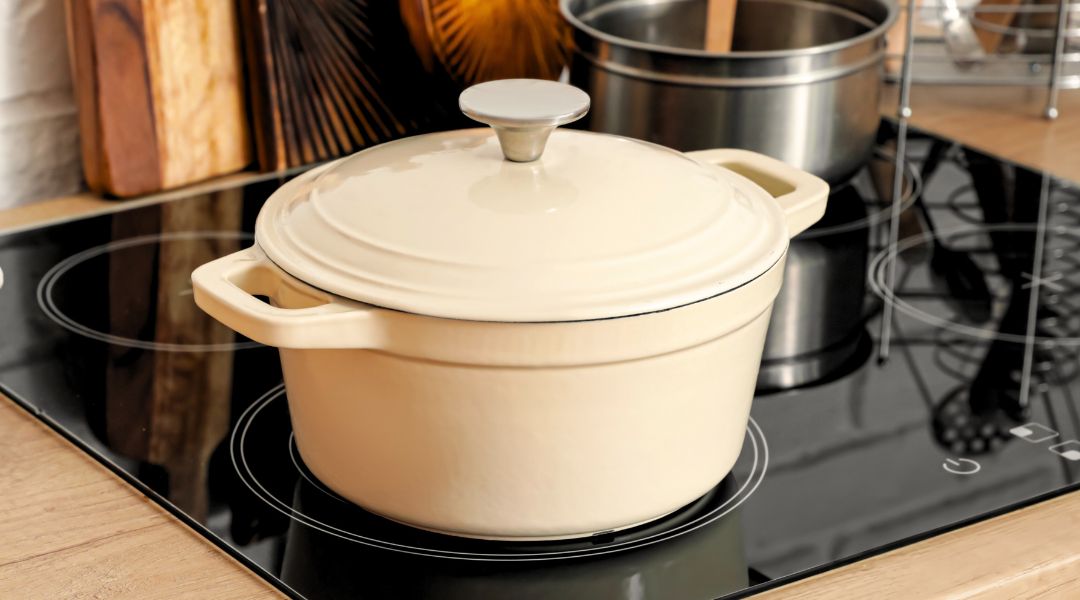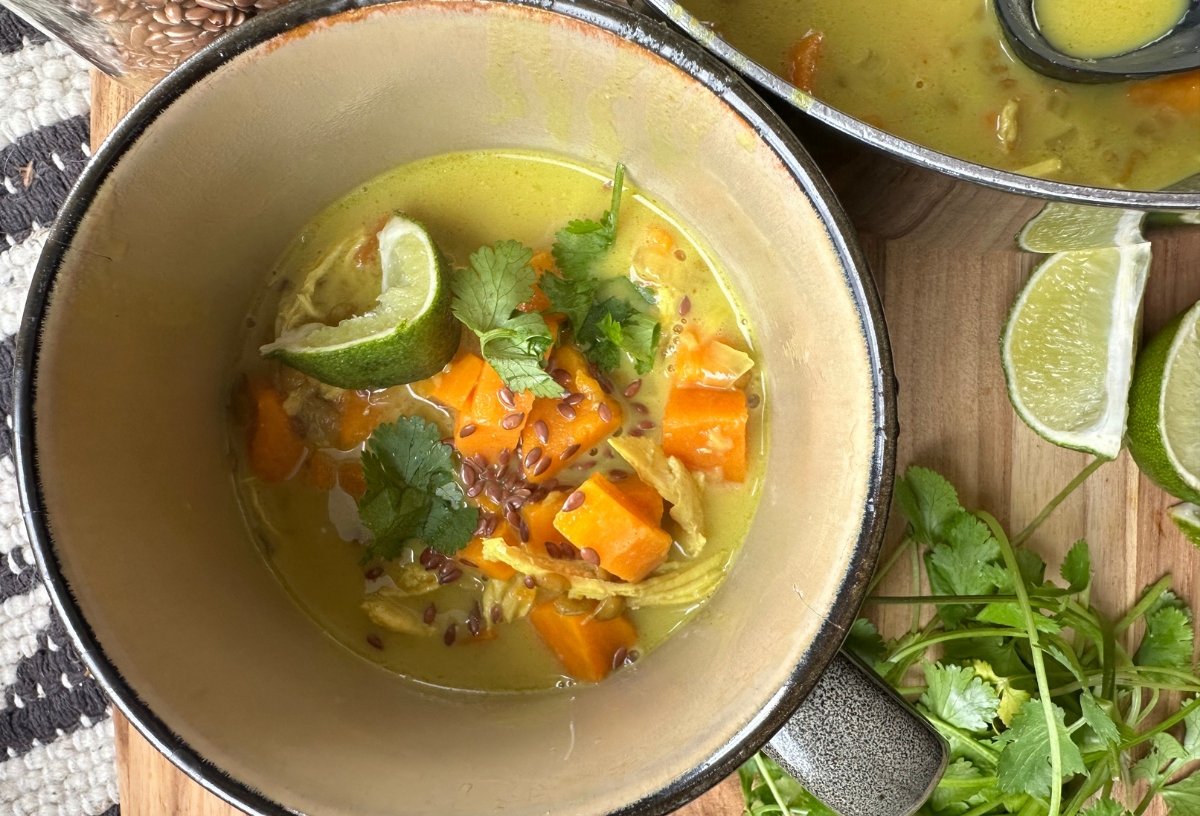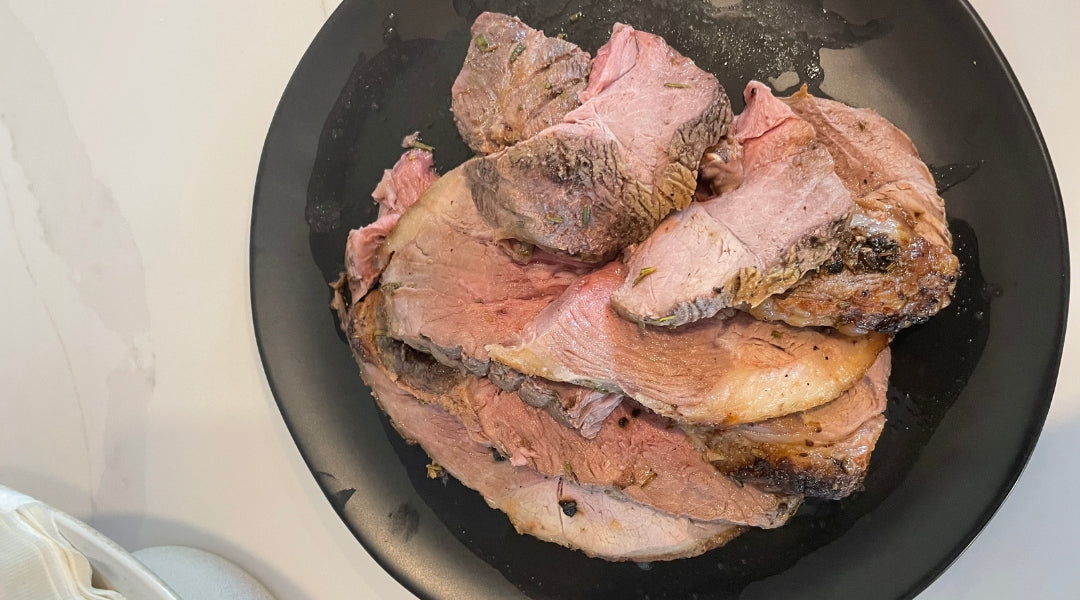How to Smoke a Brisket: Beginner's Guide with Tips & Recipes

Smoking a brisket is a time-honored tradition in BBQ culture, resulting in tender and flavorful meat that melts in your mouth.
Whether you're a total newbie or an experienced griller who wants to refresh your skills, this handy guide will walk you through the steps required to cook a brisket to perfection.
From choosing the right cut to mastering the cooking process, we’re covering it all. Let's dive in and unlock the secrets of smoking a brisket!
How to Choose the Right Brisket
A successful smoke hinges on selecting the right piece of meat.
Our top recommendation is to pay attention to the marbling, which indicates the meat's quality. Opt for a well-marbled brisket for maximum juiciness and flavor.
Most BBQ joints and experienced pitmasters prefer packer brisket, which includes both the flat and the point. But keep in mind that this very large cut (typically weighing 10-20 pounds) is often quite difficult to handle and requires a greater level of effort and skill.
Non-packer cuts, like our Grass Roots grass-fed and grass-finished brisket, are:
- A more practical size for home chefs to manage, especially if you have little/no smoking experience
- Able to produce a robust, smoky flavor in less time because the rub seasonings and smoke have less mass to penetrate
- The health-conscious, leaner brisket option
And last but not least, make sure your brisket comes from a sustainable producer who offers transparency about things like:
- 100% grass-fed and grass-finished
- 100% born, raised, and harvested in the USA
- Raised outdoors on fresh, non-GMO pasture
- No antibiotics or added hormones
- Regenerative agriculture farming practices
Grass Roots is proud to meet all these standards and then some. Learn about our co-op of rural farms.

Preparing the Brisket
We won’t sugarcoat it - smoking a brisket requires practice. It may take a few attempts to perfect your technique and achieve the desired results.
Enjoy the process, experiment with seasonings, and be patient as you learn how your smoker works best. Here’s how to get started:
Step 1: Trim excess fat
Begin by trimming the fat from the brisket, but make sure to leave a very thin layer of fat to enhance the flavor and protect the meat during the long smoking process. This will help the brisket cook more evenly and prevent it from becoming greasy.

Smoked Brisket Rub
Step 2: Seasoning
Next, generously season the brisket with a dry or wet rub. A good rub will add flavor and help the meat brown evenly. Feel free to experiment with your own spices. A simple classic dry rub blend we love includes:
- Salt & pepper
- Paprika
- Garlic powder
- Onion powder
Let the seasoned brisket sit at room temperature for at least 30 minutes or up to 24 hours in the fridge before moving onto Step 3 - preparing your pellet grill.
How to smoke a brisket on a pellet grill
Although The Big Green Egg is a beloved smoking option, a pellet grill is a convenient and efficient way to achieve deliciously smoked meat. By providing consistent heat and convenient temperature control, it's a fantastic option for producing the smoky deliciousness we all love.
After the trimming and seasoning steps listed above, here’s how to smoke a brisket on a pellet grill:
Step 3: Preheat your pellet grill
Fill the pellet hopper with your choice of wood pellets. Popular options for smoking brisket include hickory, oak, or mesquite. Preheat the grill to 225°F (107°C) and let it stabilize.
Step 4: Add the brisket to the pellet grill
Once the grill has reached the desired temperature (see our temperature chart below), place the seasoned brisket directly on the grill grates, fat side down. Make sure there is enough space around the brisket for proper heat circulation and smoke exposure.
Step 5: Maintain smoke and temperature
Pellet grills regulate much of this process, but you'll still need to monitor the temperature of the meat occasionally.
- Insert a meat thermometer into the thickest part of the brisket without touching the bone.
- Close the grill lid and monitor the internal temperature repeatedly, aiming for an internal temperature of around 195°F to 203°F (90°C to 95°C) for a tender brisket.
- Ensure the pellet hopper has an adequate supply of pellets, and adjust the settings if necessary to maintain a grill temperature of 225°F (107°C). This will provide the perfect environment for slow and low smoking.
- If you prefer an extra strong smoky flavor, add additional smoke with a smoke tube or tray filled with wood pellets.
Step 6: Monitor cooking and resting times
The cooking time can vary depending on the size and thickness of the brisket. As a general guideline, we estimate about 1 to 1.5 hours per pound of meat, assuming that you start cooking the meat at room temperature, which we strongly recommend.
A reliable digital meat thermometer is non-negotiable, so that you can determine doneness with a precise internal temperature. Don’t rely on cooking time alone.
Once the brisket reaches the desired internal temperature, typically around 195°F to 203°F (90°C to 95°C), remove it from the grill and let it rest for at least 30 minutes to an hour so the juices can redistribute.
After the resting period, carefully slice the brisket against the grain to ensure tenderness.
Smoke brisket fat side up or down?
You probably noticed above that we recommend putting the brisket on your pellet grill fat side down, but we would be remiss for not mentioning that there’s some debate about whether brisket should be cooked with the fat side up or down.
Fans of fat side up prefer this method because:
- Basting - Cooking fat side up allows the melting fat to baste the meat as it renders during the cooking process. This can help keep the brisket moist and flavorful.
- Protection - The fat cap acts as a protective layer, shielding the meat from direct heat and potentially preventing it from drying out.
Fans of fat side down prefer this method because:
- Heat distribution - By placing the fat side down, the fat acts as a barrier between the meat and the heat source. This shields the meat from direct heat exposure, reducing the risk of moisture loss.
- Flavor distribution - Due to the fat “barrier” mentioned above, the meat retains contact with the seasoning for a longer period of time, enhancing the flavor of the seasonings.
- Bark formation - With the fat side down, the meat surface comes into direct contact with the grill, allowing for better bark formation (that flavorful and slightly crispy exterior), which also makes for a more visually appealing end result.
Ultimately, the choice between fat side up or down depends on your preferences and equipment. Experiment to find the method that you like best.
How long does it take to smoke a brisket?
The cooking time for brisket depends on various factors, including its size, cooking temperature, and the tenderness you desire. Refer to our Cooking Time & Temp chart below for more details.
But remember that smoking is a slow process, and it's better to keep monitoring the internal temperature rather than relying solely on a set cook time.
Smoked brisket temperature
The ideal internal temperature for a smoked beef brisket is around 195°F to 203°F (90°C to 95°C).
This temperature range allows the connective tissues to break down, resulting in a tender texture. Insert a meat thermometer into the thickest part of the brisket to accurately measure temperature.
Cooking Time & Temp for Smoked Brisket
| Brisket Weight | Cooking Time | Internal Temperature |
| 4-6 pounds | 6-8 hours | 195°F to 203°F (90°C to 95°C) |
| 6-8 pounds | 8-10 hours | 195°F to 203°F (90°C to 95°C) |
| 8-10 pounds | 10-12 hours | 195°F to 203°F (90°C to 95°C) |
| 10-12 pounds | 12-14 hours | 195°F to 203°F (90°C to 95°C) |
| 12-14 pounds | 14-16 hours | 195°F to 203°F (90°C to 95°C) |
| 14-16 pounds | 16-18 hours | 195°F to 203°F (90°C to 95°C) |
Smoked brisket recipe using your home oven
While smoking a brisket in a traditional smoker or pellet grill is the preferred method, you can still achieve delectable results by smoking a brisket in your home oven. Here's a step-by-step guide for that:
Begin with Steps 1 and 2 above (trim the brisket’s excess fat and generously season it). From there…
- Preheat your oven to 225°F (107°C).
- For the smoky flavor, you'll need wood chips. Soak a handful of chips (such as hickory, mesquite, or apple) in water for about 30 minutes, then drain them. Wrap the soaked wood chips tightly in foil, creating a packet with a few holes poked in the top to release the smoke.
- Place the brisket on a baking pan or roasting rack, fat side down. Position the wood chip packet on the oven rack, close to the heating element or on a separate tray. This will allow the wood chips to smolder and release smoke while cooking.
- Put the brisket in the oven and cook low and slow, maintaining the oven temperature at 225°F (107°C)
- After reaching an internal temperature of 160°F, wrap the brisket in aluminum foil. From there, reinsert the meat thermometer (through the foil) and after reaching an internal temperature of 195°F to 203°F (90°C to 95°C), monitor the temperature to keep the internal temperature in this range
- (Optional) You can also place a pan filled with water on a lower oven rack to help maintain moisture and prevent the meat from drying out.
- Follow the cooking time and rest time recommendations above, and make sure to slice against the grain when you’re ready to serve.
For oven-cooked brisket, we recommend a generous spice rub for optimal flavor, since your home oven is unlikely to yield the same level of smoky flavor as a dedicated smoker. Well-seasoned brisket that’s cooked low and slow will still produce juicy and tasty results. Take a look at our recipe for Texas-style brisket.
Remember to keep a close eye on the internal temperature and adjust the cooking time accordingly for the best results.
Recent Posts



 Tender and succulent, it's the perfect centerpiece for any holiday feast, elevating your meal with its exquisite taste and elegant presentation. Delight your guests with this sophisticated dish, sure to leave them craving more of its indulgent perfection.
Tender and succulent, it's the perfect centerpiece for any holiday feast, elevating your meal with its exquisite taste and elegant presentation. Delight your guests with this sophisticated dish, sure to leave them craving more of its indulgent perfection.



